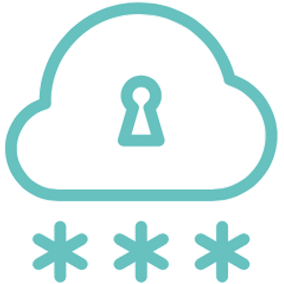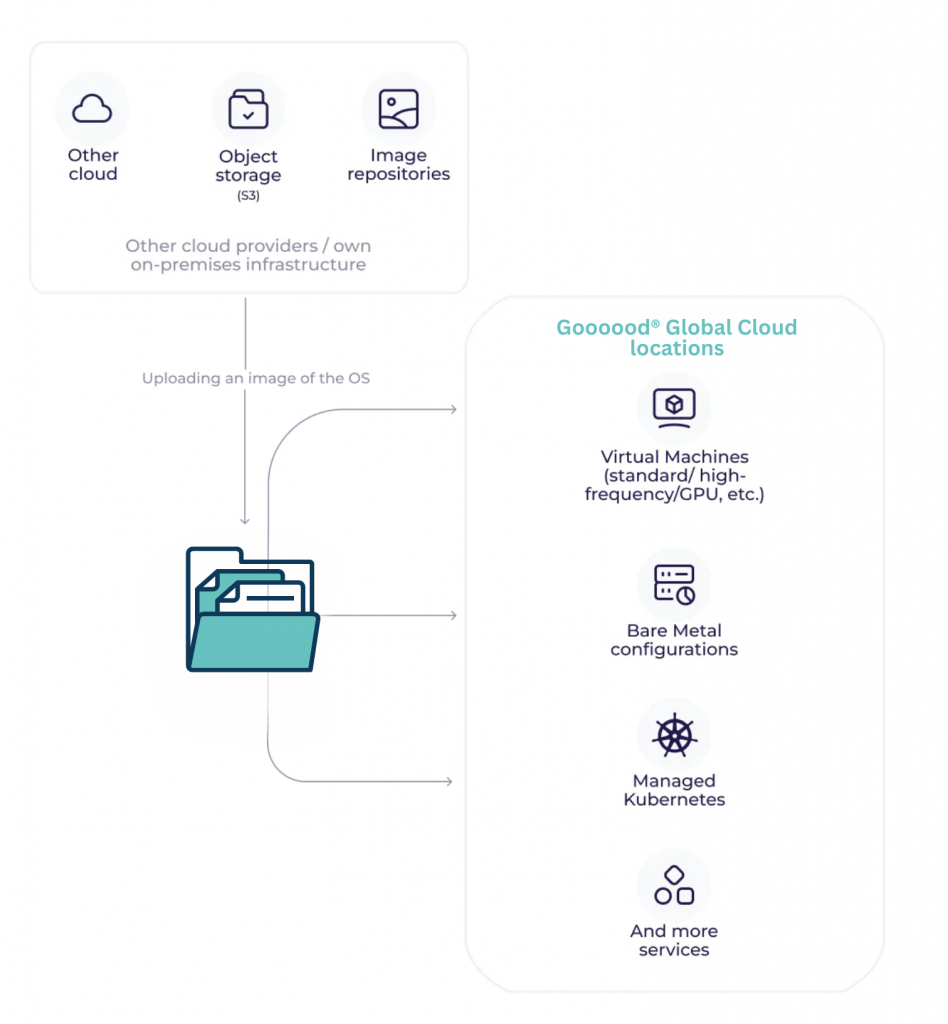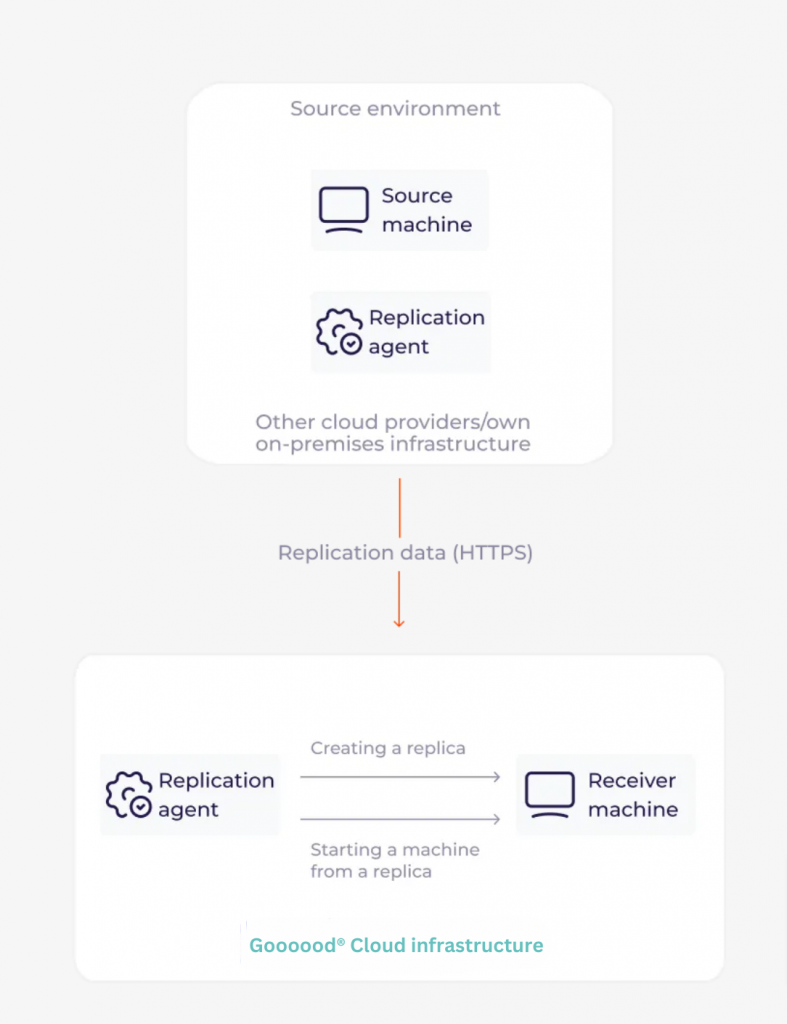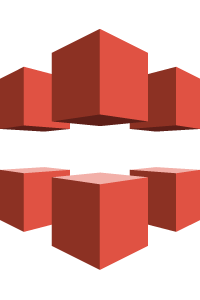Migration to the Cloud
Move your infrastructure from on-premises or any cloud provider to the Goooood® Cloud. You can migrate your entire infrastructure, part of your services, or use our Cloud as a backup site. We help you to migrate smoothly, ensuring business continuity.
Why migrate to Goooood® Cloud?

Flexibility and scalability
Scale your cloud resources up and down as needed with a pay-as-you-go model.

Secure cloud
Goooood® is PDPA/GDPR, PCI DSS, and ISO/IEC 27001 compliant.

Easy data migration
Move your IT infrastructure to the cloud through a few simple steps, either manually or with the assistance of migration services.

API and Terraform automation
Goooood® is PDPA/GDPR, PCI DSS, and ISO/IEC 27001 compliant.

Global presence
Choose from over 25+ locations in Europe, Asia, the US, and Latin America.

Integrated services
Use a single cloud solution with next-gen CDN, Streaming Platform, Object Storage, and other services.
An example of Migration
Image replication
Image replication is the most common scenario, where you move your infrastructure using images that you prepare in advance. Here’s how it works:
1. Prepare images of your VMs or bare-metal servers that are located on-premises or in another cloud.
2. Load the images into our object storage or an equivalent service.
3. Create VMs or bare metal servers from these images in our Cloud.
4. Switch traffic from the old infrastructure to the new.

Data replication
This scenario is appropriate when any interruption of service is unacceptable. It is also the most automated scenario of the three. Here is how it’s executed:
1. Install a replication agent on your source machine.
2. Install a replication agent on a receiver machine in our Cloud and set the connection between two infrastructures.
3. Start the data replication from the source machine to the receiver. This happens in the live background mode.
4. Switch traffic from the old infrastructure to the new.

Direct connection
This scheme is suitable for migration and backup of your infrastructure. Here’s how it works:
1. Configure a direct connection between your infrastructure and the Goooood® Cloud.
2. Duplicate all the data to the new Cloud and synchronize two infrastructures.
3. Switch traffic from the old infrastructure to the new one if you want to migrate completely. Or, use the Goooood® Cloud for cases like disaster recovery.

Common steps to migrate to Cloud
Cloud services to help you in your journey
Load Balancers
Ensure the availability of your applications during traffic spikes by managing infrastructure loads via API.
Managed Kubernetes
Deploy and optimize applications and clusters with container-based virtualization.
DDoS Protection
Guarantee availability of your app run in the Cloud at L3, L4, and L7. Protection for virtual machines at L3 is free.
Marketplace
Get access to ready-made applications, databases, and distributions.
Virtual Machines
Production-grade instances designed for a wide range of workloads and predictable performance. Based on modern Intel® Xeon® Ice-Lake 3rd Generation Intel® Xeon® Scalable Processors.
Virtual Private Cloud
Set up protected isolated networks even between virtual machines and bare metal servers for free.
Object Storage
Keep objects in S3-compatible storage for faster scaling.
Block Storage
Store data on disks of different types and create snapshots of resources on a schedule.
Technology Partners
Frequently Asked Questions
What is cloud migration?
Cloud migration involves moving an organization’s IT infrastructure, including servers, storage, and networking, to a cloud computing platform—like the Goooood® Cloud. This can mean moving the entire infrastructure or migrating only a subset of workloads or applications.
More and more companies are migrating to the cloud because they see the obvious associated business benefits, such as flexibility and ease of infrastructure management, a convenient payment plan that helps them save money, and the ability to provision infrastructure for any task in minutes.
What are the advantages of moving to the cloud?
The main advantages of migrating infrastructure to the cloud include:
– Scalability: Cloud computing resources can easily scale to meet changing needs, mitigating concerns about overprovisioning or underprovisioning IT resources for organizations.
– Performance: The cloud provides performance comparable to traditional on-premises IT infrastructure. It is especially useful for applications that require high availability or massive processing power.
– Cost savings: The cloud can be more cost-effective than traditional on-premises IT infrastructure, especially for organizations that need to scale resources quickly.
– Security: Cloud computing providers ensure a high level of security for their infrastructure and data centers. They also often possess more expertise in security than an average organization.
What migration strategy should we use?
It depends on your project and goals. You can use our Cloud migration checklist to learn more about common migration strategies and choose the most appropriate one. You can also ask our solutions architects team to consult with you and help you choose the better strategy; contact us to discuss your project.
Our services run on on-premises infrastructure. Will they work as well in the Goooood® Cloud?
Yes. When deploying services in the cloud, there are two common approaches:
– If you want to migrate your infrastructure and applications to the cloud as is, you can use “lift and shift.” This works well for predominantly monolithic applications.
– If you want to take advantage of the scalability, elasticity, and distributed nature of cloud infrastructure, you can apply a cloud-native approach. In this case, you re-architect your monolithic application using a microservices architecture. This divides the application into small, separate services that interact through an API. The cloud-native approach is more complex than “lift and shift,” but it is advantageous for modern cloud applications.
What will I be charged in the Goooood® Cloud after the migration?
You will be charged on a pay-as-you-go basis only for the cloud services (e.g., virtual machines, S3 storage, load balancers) you actually use. Note that if you use Goooood® VMs, you don’t pay for egress traffic; you only pay for it when using Bare Metal.
Will our data be safe in the Goooood® Cloud?
Yes. We protect our customers’ services and data on multiple levels:
Physical security:
– Compliance with GDPR, PCI DSS, and ISO/IEC 27001
– Tier III and Tier IV certified data centers
Infrastructure security:
– Virtual Private Cloud with secure access to virtual instances. The Goooood® team doesn’t have access to your VM operating system or data
– Intel SGX instances support to protect your sensitive data better
Network security:
– L3, L4, and L7 DDoS protection with real-time alerts
– Web Application Firewall (WAF)
Not that some security features, such as advanced DDoS protection or WAF, may not be necessary depending on your particular business use.
Contact us to discuss your migration
Share your infrastructure challenges and goals with us and we will assist you with cloud migration anywhere in the world.







